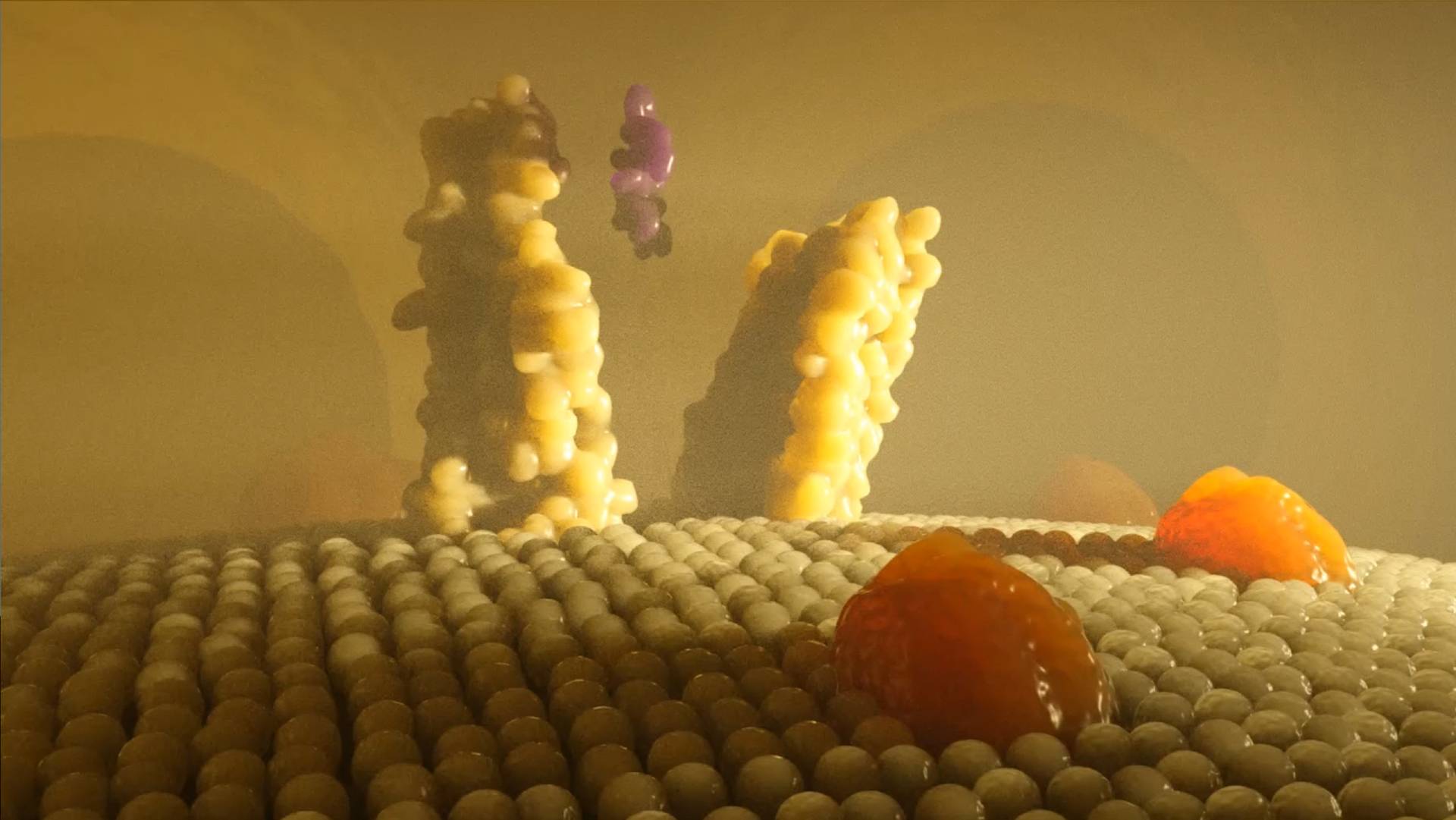

Myelodysplastic syndrome (MDS) is a clonal defect of a hematopoietic stem cell characterized by ineffective hematopoiesis, which can lead, on the one hand, to fatal cytopenias, and, on the other hand, to the development of acute myeloid leukemia (AML). The incidence of this disease is 4,3-1,8 per 100,000 individuals per year in USA and Europe. The mean age of patients´ at the time of diagnosis is 60-70 years. 10-15% of patients with MDS can progress to acute myeloid leukemia [1] . The commonly used scoring system (The International Prognostic Scoring System, IPSS) divide patients into 4 group based on probability of AML development (low risk, intermediate-1 risk, intermediate-2 risk, and high risk) [2] . The hematopoietic stem cell transplantation (SCT) represents the only curative option for patients with MDS. Unfortunatelly, this disease affects mostly elderly patients with other comorbidities, so this treatment option can not be used for all of them. For patients who can not be treated with alloSCT other treatment options have to be used. For treatment of high-risk MDS patients demethylating agents, cytotoxic chemotherapy, bone marrow HSC transplantation, and experimental treatments in clinical trials are recommended [5] .
Resistance to chemotherapy is a serious problem in successful treatment of malignancies, including MDS and AML. The failure of treatment may be due to the development of multidrug resistance (MDR) phenotype. Multidrug resistant neoplastic cells exert reduced sensitivity to more than one drug that differs in structure and pharmacological efficiency. MDR represents the induction of large-scale defensive mechanisms including up-regulation of membrane transporters (like P-glycoprotein – P-gp), drug metabolism, alterations in drug-induced apoptosis, epigenetic changes, epithelial-mesenchymal transition, alteration in drug targets structures, and acceleration of DNA1 repair [ 4 , 3 ]. Mechanisms involved in the development of multidrug resistance could act independently or could cooperate. One of the most observed molecular causality of MDR is up-regulation of membrane transporters (like P-glycoprotein – P-gp) effluxing chemotherapeutic drugs from tumor cells. P-gp belongs to ABC transporters (ATP -binding cassette Transporters) that utilize the energy of ATP binding and hydrolysis to transport various substrates across cellular membranes. P-gp could efflux a large scale of different uncharged substances from cells. Different drugs like colchicine, tacrolimus, and quinidine; chemotherapeutic agents such as etoposide, doxorubicin, and vinblastine; different lipids and steroids; xenobiotics; DNA-intercalators such as ethidium bromide; linear or circular peptides like valinomycin and gramicidin; bilirubin; cardiac glycosides like digoxin; different immu‐nosuppressive agents; glucocorticoids like dexamethasone; HIV-type 1 antiretroviral therapy agents like protease inhibitors and nonnucleoside reverse transcriptase inhibitors; and many others are known to be P-gp substrates [ 4 ]. Therefore, research of multidrug resistance phenomenon is really necessary for improvement of cancer treatment.

1. Garcia-Manero G., Myelodysplastic syndromes: 2015 update on diagnosis, risk stratification and management, Am J Hematol 2015;90: 831–841. DOI: 10.1002/ajh.23 24102.
2. Greenberg P., Cox C., LeBeau M.M., Fenaux P., Morel P., Sanz G., Sanz M., Vallespi T., Hamblin T., Oscier D., Ohyashiki K., Toyama K., Aul C., Mufti G., Bennett J., International scoring system for evaluating prognosis in myelodysplastic syndromes, Blood1997;89: 2079–2088
3. Housman G., Byler S., Heerboth S., Lapinska K., Longacre M., Snyder N., Sarkar S., Drug resistance in cancer: an overview, Cancers (Basel) 2014;6: 1769–1792. DOI: 10.3390/cancers6031769
4. Messingerova L, Imrichova D, Coculova M, Zelina M, Pavlikova L, Kavcova H, Seres M, Bohacova V, Lakatos B, Sulova Z, Breier A: Different Mechanisms of Drug Resistance in Myelodysplastic Syndromes and Acute Myeloid Leukemia. (Chapter 7), In Myelodysplastic Syndromes (Ota Fuchs Ed.), InTech, ISBN 978-953-51-2586-0, 2016, pp 181-200
5. Zeidan A.M., Linhares Y., Gore S.D., Current therapy of myelodysplastic syndromes, Blood Rev 2013;27: 243–259. DOI: 10.1016/j.blre.2013.07.003